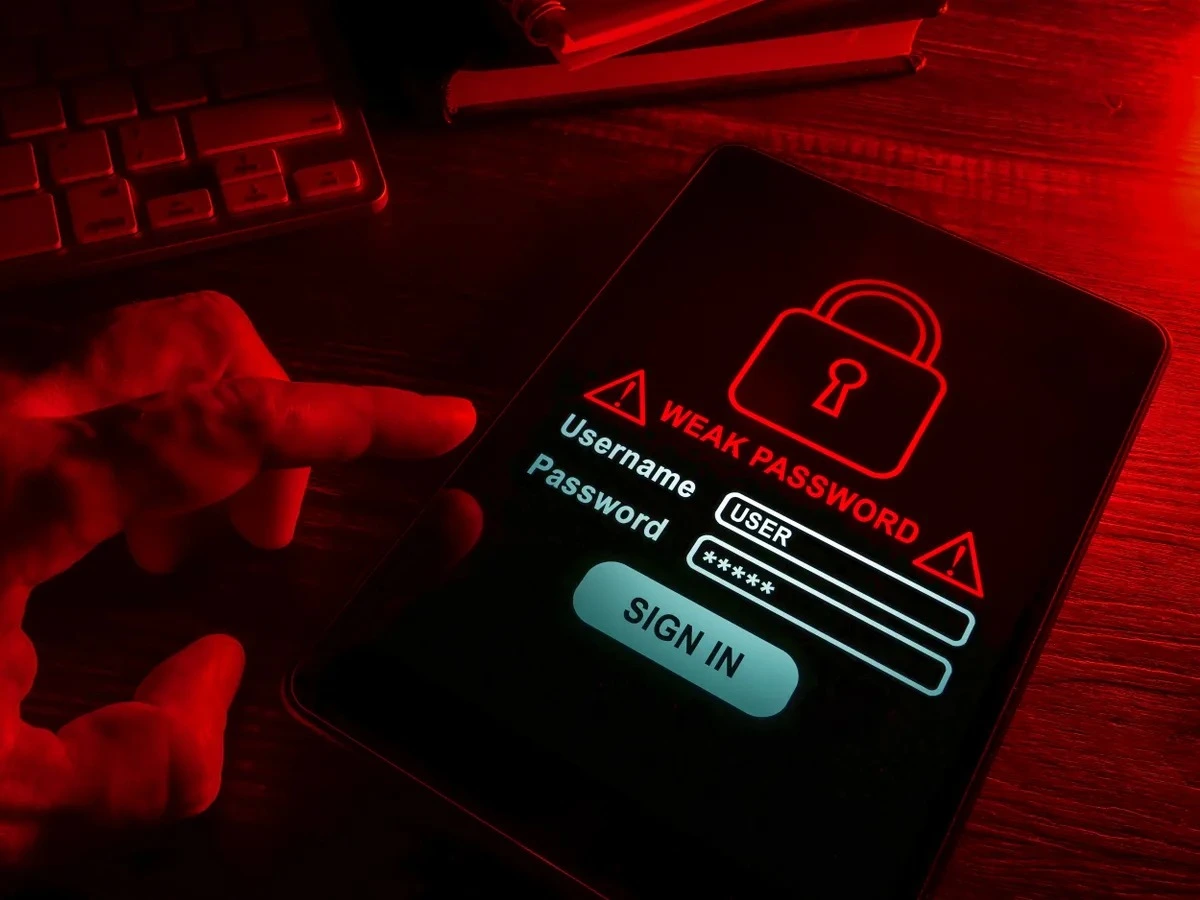Index
Introduction
Detecting and mitigating cyber threats and attacks
In today's digitally interconnected world, the significance of cyber threats and attacks cannot be overstated. With the increasing reliance on technology, businesses, governments, and individuals are all susceptible to the potentially devastating consequences of cyber intrusions. To safeguard against such threats, effective threat detection and mitigation strategies are crucial components of any comprehensive cybersecurity framework.
"This article delves into the realm of threat detection, explores various methods of detection, and highlights the importance of real-time response to ensure a resilient defense against cyber threats."
Understanding Cyber Threats and Attack Vectors:
Cyber threats encompass a wide range of malicious activities conducted by individuals or groups with the intent of exploiting vulnerabilities in computer systems, networks, and data. Attack vectors are the entry points that adversaries use to compromise these systems. Common attack vectors include phishing emails, malware infections, ransomware attacks, Distributed Denial of Service (DDoS) attacks, and insider threats. With each new technological advancement, cybercriminals find innovative ways to exploit vulnerabilities, making it essential for organizations and individuals to remain vigilant.
Methods of Threat Detection:
- Signature-Based Detection: This method involves comparing incoming data to a database of known threat signatures. If a match is found, the system can take appropriate action. While effective against known threats, this method struggles to identify novel attacks that lack predefined signatures.
- Anomaly-Based Detection: Anomaly detection involves creating a baseline of normal system behavior and then identifying deviations from this baseline. Unusual activities, such as a sudden surge in network traffic or unauthorized access attempts, can trigger alerts. While effective at detecting new and evolving threats, this method may also generate false positives.
- Behavioral Analysis: This approach focuses on monitoring user and system behavior for patterns that might indicate a cyber attack. By identifying deviations from typical behavior, such as unauthorized data transfers or unusual login times, security teams can swiftly respond to potential threats.
- Heuristic Analysis: Heuristic detection involves identifying patterns or behaviors that are indicative of threats, even if they don't match specific signatures. This method allows for the detection of previously unseen threats, making it an essential component of modern cybersecurity.
Real-time Threat Detection and Mitigation:

In the dynamic landscape of cyber threats, real-time detection and response are paramount. Traditional methods that rely on periodic scans and manual analysis may not be sufficient to counter rapidly evolving threats. Real-time detection involves continuously monitoring network traffic, system activities, and user behaviors. Advanced Artificial Intelligence (AI) and Machine Learning (ML) algorithms play a pivotal role in recognizing patterns and anomalies that might indicate a cyber attack.
The Role of Threat Detection Tools:
Several cutting-edge tools aid organizations in effectively detecting and responding to cyber threats:
- Intrusion Detection Systems (IDS): IDS monitor network traffic for signs of unauthorized or malicious activities. They can be network-based (NIDS) or host-based (HIDS), enhancing overall threat detection capabilities.
- Security Information and Event Management (SIEM) Systems: SIEM systems consolidate and analyze security data from various sources, offering comprehensive visibility into potential threats. They correlate data to identify patterns and provide real-time alerts.
- Endpoint Detection and Response (EDR) Solutions: EDR tools focus on individual devices (endpoints) and track activities to detect and respond to suspicious behaviors. This approach is particularly effective against advanced threats targeting specific systems.
- Advanced Threat Intelligence Platforms: These platforms provide up-to-date information about emerging threats, enabling organizations to proactively defend against potential attacks.
Threat Detection and Response: A Holistic Approach:
Threat detection and response go hand in hand. A well-structured cybersecurity strategy incorporates both aspects to minimize the impact of cyber threats. Detecting a threat is only half the battle; organizations must also have effective response mechanisms in place to neutralize the threat and minimize potential damage.
Effective Ways to Detect a Cyber Attack:
- Network Traffic Analysis: Analyzing network traffic for anomalies, such as sudden spikes in data transfers or unusual communication patterns, can reveal ongoing attacks.
- Behavioral Analysis: Monitoring user behavior can unveil unauthorized access attempts or unusual activities that might indicate a compromise.
- Vulnerability Scanning: Regularly scanning systems and applications for vulnerabilities provides insights into potential entry points for attackers.
- Log Analysis: Analyzing system logs for unusual or suspicious activities can provide early indications of a cyber attack.
Choosing the Right Threat Detection and Response Solutions:
The ever-evolving threat landscape demands versatile and adaptive solutions. Organizations should consider the following when selecting threat detection and response solutions:
- Scalability: Solutions should scale with the organization's needs, accommodating growing volumes of data and traffic.
- Automation: Automation capabilities streamline threat detection and response processes, enabling faster reactions to threats.
- Integration: Solutions that integrate with existing cybersecurity tools and platforms enhance overall security posture.
- Continuous Monitoring: Real-time monitoring ensures timely threat detection and immediate response.
Conclusion:
In conclusion, the modern digital landscape demands unwavering attention to cybersecurity. Cyber threats and attacks pose significant risks to businesses, individuals, and nations, making robust threat detection and mitigation strategies imperative. Organizations must embrace a multifaceted approach that employs advanced detection methods, real-time monitoring, and cutting-edge tools. Combining threat detection with swift and effective response mechanisms can minimize potential damage, ensuring a resilient defense against the ever-evolving world of cyber threats. By staying informed, implementing best practices, and investing in comprehensive solutions, we can collectively build a safer digital environment for everyone.
